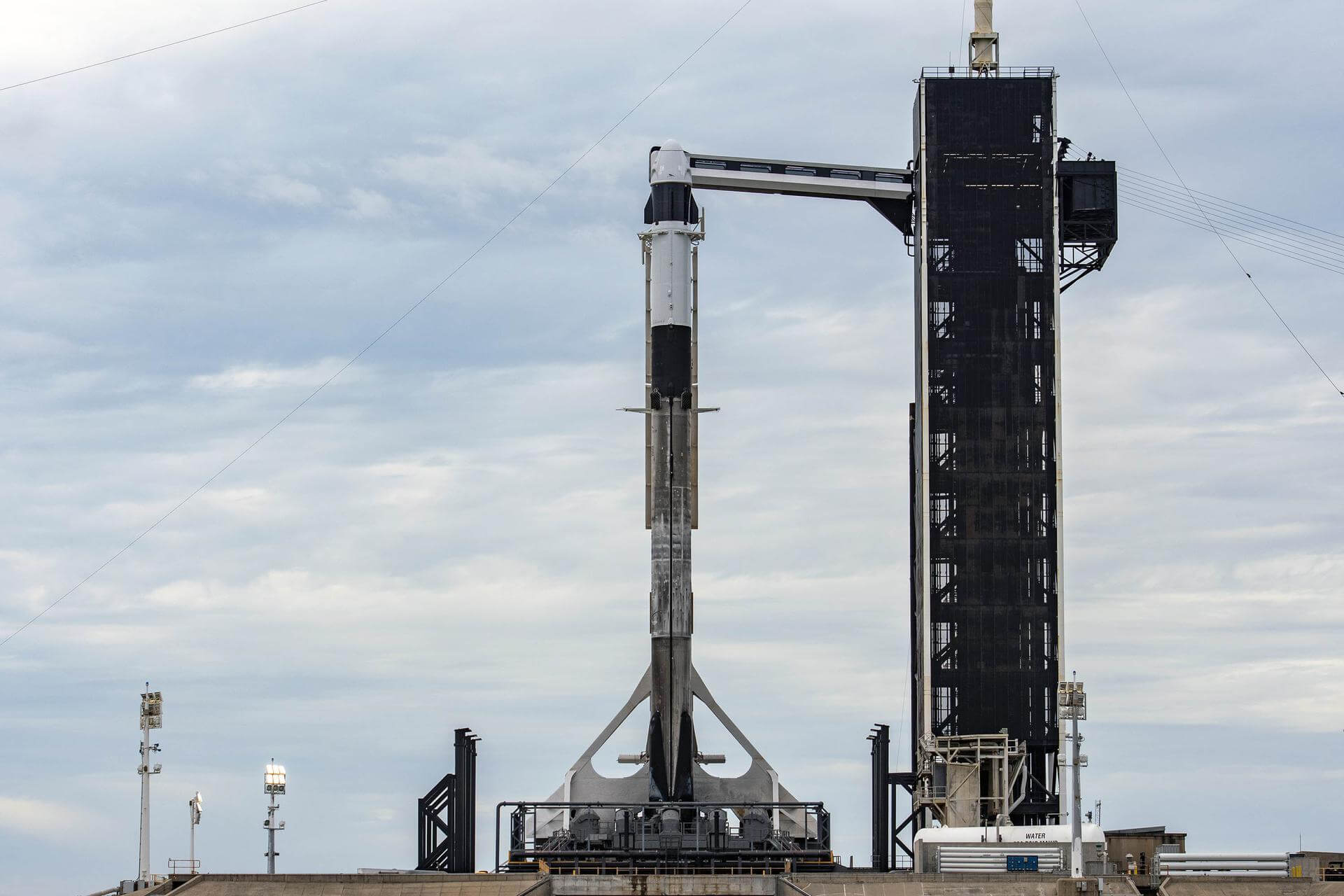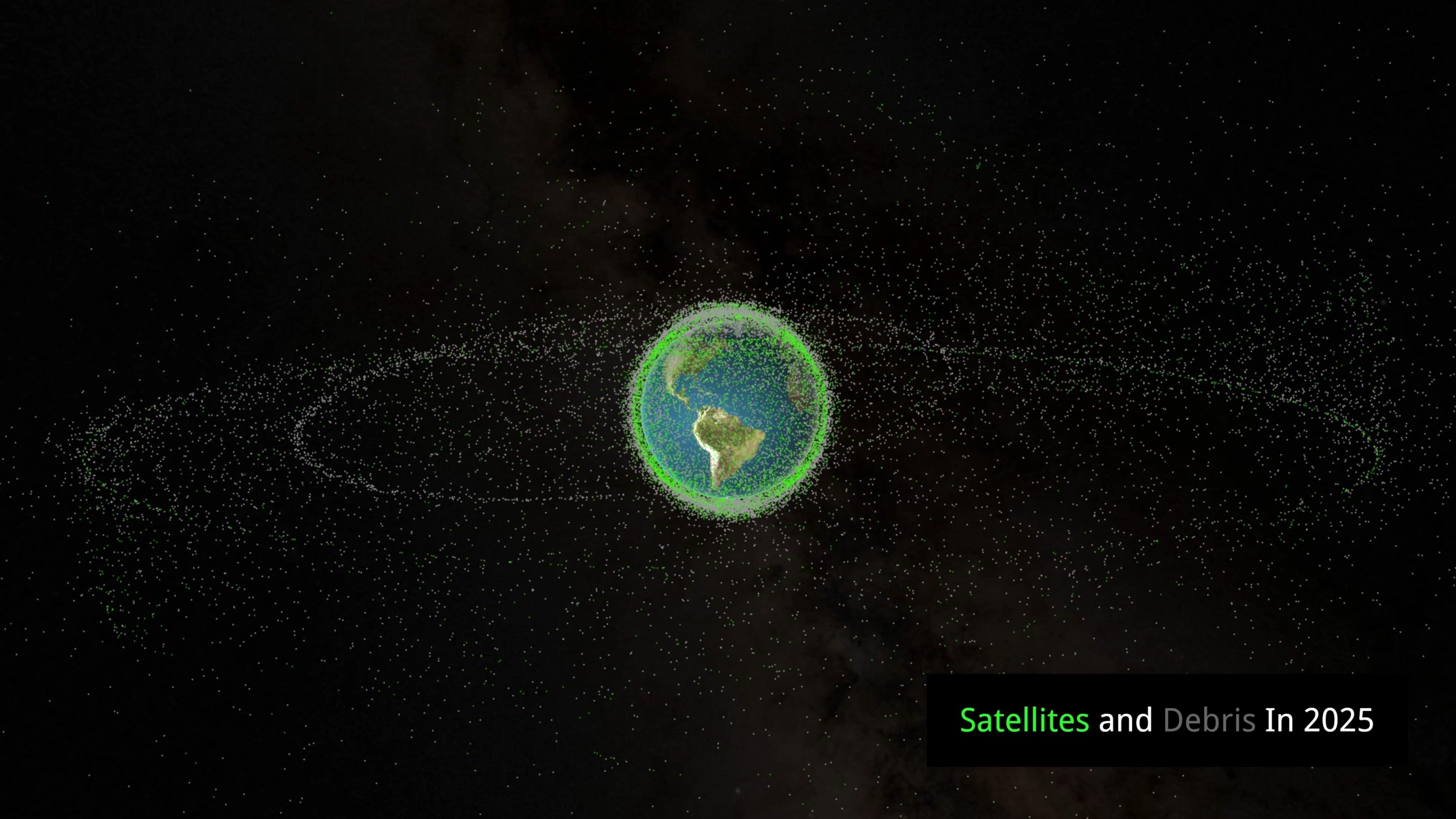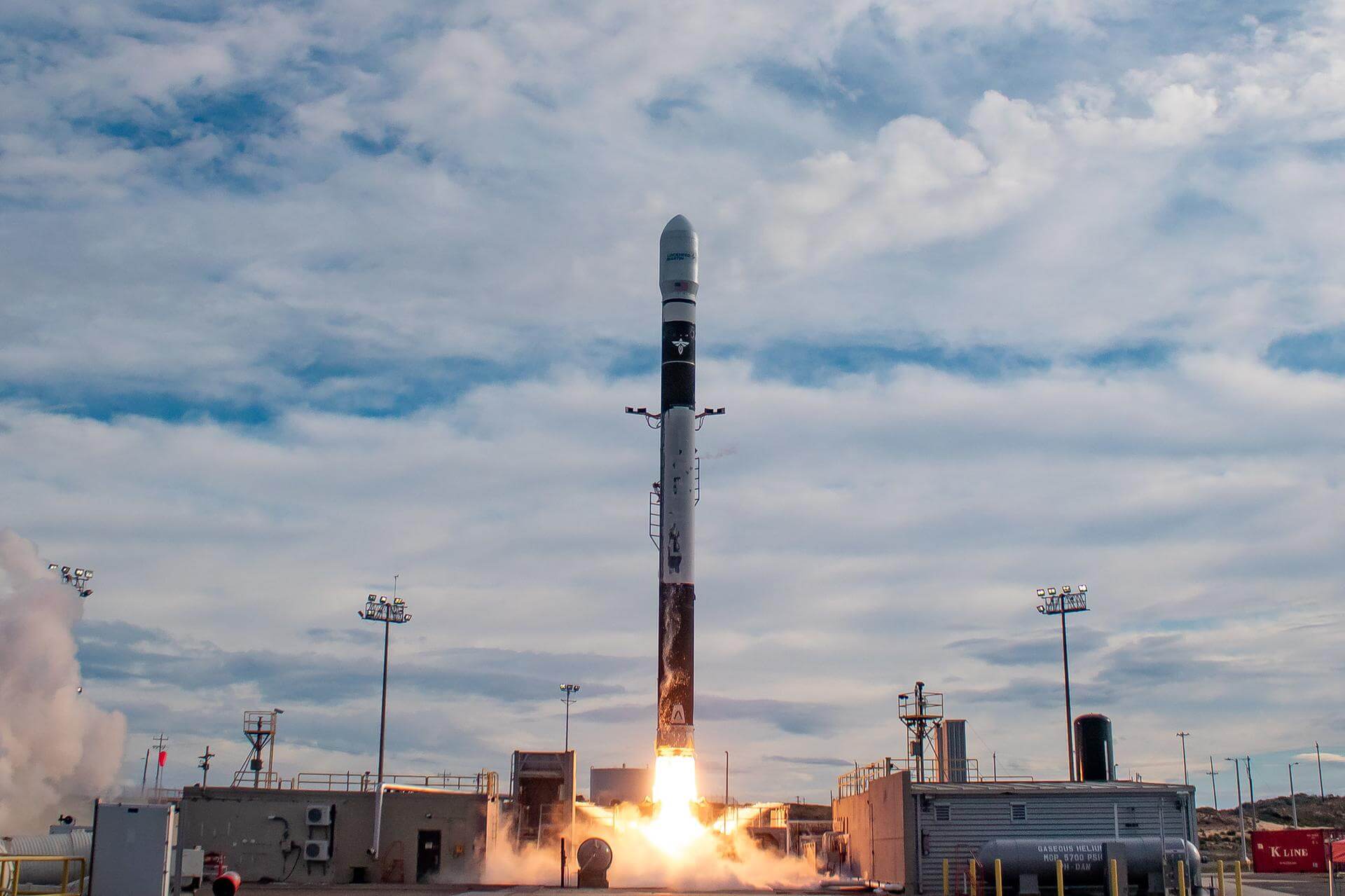· space brief · 7 min read
Space Brief 8 Jul 2025
Today's highlights include the cancellation of Starship landing plans, Planet Labs' defense expansion, and cutting-edge radiation-hardened tech for space and defense.

📄Top Stories
The U.S. Air Force has canceled plans to build Starship landing pads at a Pacific bird sanctuary, highlighting environmental considerations in space operations. Planet Labs is expanding its influence with new AI surveillance partnerships in the defense sector. Meanwhile, Sidus Space is teaming up with VORAGO Technologies to advance radiation-hardened microcontrollers, critical for space and defense applications.
📰Detailed Coverage
U.S. Air Force Nixes Starship Landing Pads on Island Sanctuary
The U.S. Air Force has officially canceled its proposal for Starship rocket landing pads on a Pacific island bird sanctuary. This decision follows environmental concerns about the impact of high-speed rocket operations on local wildlife. The island was initially considered due to its strategic location for the Air Force’s rapid global cargo delivery ambitions using space vehicles.
This case underscores the importance of balancing technological advancements with environmental stewardship. As space becomes more integrated with earthly logistics, the need for harmony between these domains is just as crucial. Further information can be tracked using our web app’s latest data on Earth observation satellite overflights.
Read the full story: Space.com
Planet Labs Secures Major AI Surveillance Contracts
Planet Labs PBC has announced the acquisition of four significant defense and intelligence sector contracts, with a prominent €240 million deal underwritten by Germany spearheading the list. These contracts reflect growing demands for cutting-edge satellite data solutions leveraging artificial intelligence to enhance government operations globally.
Planet Labs’ expanding satellite constellation is pivotal for improving real-time surveillance and reconnaissance capabilities. These advancements not only demonstrate the strategic value of enhanced satellite data in defense but also highlight the growing intersection of AI and traditional satellite tracking methodologies.
Read the full story: SpaceWar
Sidus Space and VORAGO’s Strategic Partnership
Sidus Space has joined forces with VORAGO Technologies to develop advanced radiation-hardened microcontrollers. These components are vital for enduring the harsh space environment while maintaining operational functionality. This collaboration, part of VORAGO’s Alpha Customer Program, aims to bolster Sidus’ space and defense capabilities.
Radiation-hardened technology is crucial for satellite operations that endure solar radiation and other space hazards. The enhanced human-made resilience in these microcontrollers ensures that satellites can operate reliably in orbit, reinforcing global defense infrastructures.
Read the full story: SpaceWar
Army Explores 3D Printing for Drones
The U.S. Army is investigating the use of 3D printing technology to fabricate drones directly on the battlefield, potentially transforming logistical operations. This initiative looks to resolve challenges associated with transporting and deploying large volumes of drones in combat scenarios, providing units with real-time adaptability.
Utilizing 3D printing in such a manner could redefine supply chain dynamics, allowing military forces to produce drone fleets on demand while mitigating the risk of targeting during transport. This concept represents a significant shift from traditional manufacturing methods, offering tactical flexibility.
Read the full story: Breaking Defense
Navigating the Defense Industrial Base
In an effort to guide newcomers into the defense industry, Commander Adam Stein outlines four critical steps for integration within the existing industrial base. The steps emphasize collaboration, innovation, and understanding complex defense requirements, helping new entrants leverage their potential in a demanding environment.
Such guidance is invaluable as the defense landscape continues to evolve with emerging technologies. New companies need this foundational knowledge to effectively contribute to national security and technological advancements.
Read the full story: Breaking Defense
Industry Makes Case for Golden Dome at Paris Event
At a recent industry event in Paris, Lockheed Martin and Raytheon articulated their vision for a space-based interceptor system dubbed the Golden Dome. Despite uncertainties, these companies are eager to showcase their evolving approaches to defense from space-based threats.
The Golden Dome concept points to a future where interceptors could mitigate threats directly from orbit, emphasizing the strategic potential of space defense initiatives. As these proposals gain momentum, they reflect the increasing role of space in global defense strategies.
Read the full story: Breaking Defense
🛰️Satellite Spotlight
- Satellite Name: CARTOSAT-3
- NORAD ID: 44804
- Launch Date: November 27, 2019
- Mission: Earth observation - designed to capture high-resolution images for urban planning, rural development, and infrastructure development.
- Orbit: LEO (Low Earth Orbit)
- Operator: ISRO (Indian Space Research Organisation)
- Fun Fact: CARTOSAT-3 can provide images with a resolution of up to 25 cm, making it one of the most advanced satellites for earth observation in its class.
Track this satellite in real-time on our web app: Track CARTOSAT-3
🌌Space Weather
Space weather conditions are currently quiet.
Current
R0 - S0 - G0
Last 24 Hour Maximums
R1 - S0 - G0
Recent Alerts
-
Alert: Geomagnetic K-index of 4
- Threshold Reached: 2025 Jul 08 0559 UTC
- Impacts: Potential for weak power grid fluctuations; Aurora may be visible at high latitudes such as Canada and Alaska.
-
Extended Warning: Geomagnetic K-index of 4 expected
- Valid Until: 2025 Jul 08 1500 UTC
- Impacts: Similar to above; affects areas primarily poleward of 65 degrees Geomagnetic Latitude.
-
Warning: Geomagnetic K-index of 4 expected
- Valid Until: 2025 Jul 08 0600 UTC
- Impacts: Same as previous; potential for auroras in high latitude regions.
Next 24 Hours
-
Radio Blackouts Probability
- Minor: 35
- Major: 1
- Risk: None
-
Solar Radiation
- Probability: 1
- Risk: None
-
Geomagnetic Storming
- Scale: 0
- Impact: None
- Activity: Low
-
Impact Summary
- Next 24 hours: No risk of radio blackouts or solar radiation storms. Geomagnetic outlook indicates no G1 (Minor) or greater storms expected, with no significant solar wind features forecast.
Long Term Forecast
- Forecast of Solar and Geomagnetic Activity 07 July - 02 August 2025:
- Solar activity is expected to remain low from 07-11 July, with minimal activity anticipated.
- From 12 July onward, returning regions may increase solar activity to moderate levels through 25 July.
- High levels of electron flux at geosynchronous orbit expected from 20-29 July, moderate levels from 07-19 July and 30 July-02 August.
- Geomagnetic activity will likely reach G1-G2 levels early on 07 July, but settle to quiet conditions by mid-July, with potential active periods on 15-16 July.
- From 22-27 July, expect unsettled to active conditions, with possible G1 storms on 23 July. Following this, conditions will generally return to quiet levels before more active periods from 01-02 August due to another CH high-speed stream.
Upcoming Space Launches
July 8
- SpaceX Falcon 9:
- Starlink Group 10-28 from Cape Canaveral SFS, FL, USA (05:48 UTC) A batch of 28 satellites for the Starlink mega-constellation - SpaceX’s project for a space-based Internet communication system.
July 15
- Gilmour Space Technologies Eris-1:
- Maiden Flight from Bowen Orbital Spaceport (21:30 UTC) Maiden flight of Gilmour Space’s orbital launch vehicle Eris.
July 25
- Russian Federal Space Agency (ROSCOSMOS) Soyuz 2.1b/Fregat-M:
- Ionosfera-M 3 & 4 from Vostochny Cosmodrome, Siberia, Russian Federation (05:54 UTC) Ionosfera is a constellation of four ionospheric and magnetospheric research satellites developed for Roscosmos.
July 26
- Arianespace Vega-C:
- CO3D & MicroCarb from Guiana Space Centre, French Guiana (02:03 UTC) CO3D is a constellation designed to map the globe in 3D, and Microcarb is a satellite aimed at mapping carbon dioxide sources and sinks globally.
July 30
- Indian Space Research Organization GSLV Mk II:
- NISAR (NASA-ISRO Synthetic Aperture Radar) from Satish Dhawan Space Centre, India (11:30 UTC) The NISAR satellite will use advanced radar imaging to map Earth’s land and ice masses to observe natural processes and hazards.
July 31
-
SpaceX Falcon 9:
- Bandwagon 4 (Dedicated Mid-Inclination Rideshare) from Cape Canaveral SFS, FL, USA (00:00 UTC) Dedicated rideshare flight with microsatellites and nanosatellites for commercial and government customers.
-
SpaceX Falcon 9:
- Crew-11 from Kennedy Space Center, FL, USA (00:00 UTC) SpaceX Crew-11 is the eleventh crewed operational flight of a Crew Dragon spacecraft to the International Space Station.
-
SpaceX Falcon 9:
- Project Kuiper (Falcon 9 #1) from Cape Canaveral SFS, FL, USA (00:00 UTC) First launch for Amazon’s Kuiper low Earth orbit satellite internet constellation.
-
China Aerospace Science and Technology Corporation Long March 7:
- Tianzhou-9 from Wenchang Space Launch Site, People’s Republic of China (00:00 UTC) Eighth cargo delivery mission to the Chinese space station.
-
United Launch Alliance Vulcan VC4S:
- USSF-106 from Cape Canaveral SFS, FL, USA (00:00 UTC) A mission for the United States Space Force deploying various payloads into geosynchronous orbit.
Note: Launch dates and times are subject to change due to technical or weather considerations.

Maurice Stellarski





